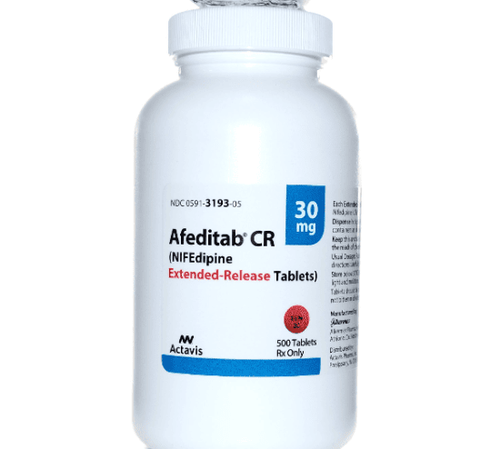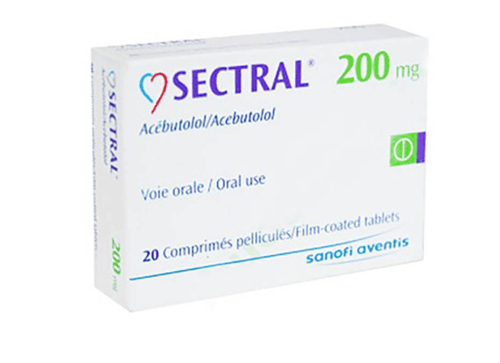This is an automatically translated article.
The article was professionally consulted by Prof. TS.BS Vo Thanh Nhan - Director of Cardiovascular Center, Vinmec Central Park International General Hospital.Pericarditis is a cardiovascular disease in which the pericardium becomes inflamed and may be accompanied by effusion. The pericardium is a thin fibrous sheath that surrounds the heart, holds the heart in place in the ribcage and lubricates the heart.
1. Diagnosis of acute pericarditis
1.1. Acute pericarditis is diagnosed when at least 2 of the following symptoms are present. Typical chest pain: retrosternal, severe or gradual, increasing with deep inhalation, decreasing with lying or sitting forward. There is a pericardial rubbing sound. ECG features: diffuse ST-segment elevation or PR depression. Echocardiography ; New or worsening pericardial effusion occurs 1.2. Diagnostic tests for acute pericarditis Electrocardiogram The electrocardiogram will progress through 4 stages. This is a very valuable test for the definitive diagnosis, differential diagnosis and staging of acute pericarditis.
- The first stage usually occurs a few hours after the first chest pain occurs. This stage is difficult to distinguish from early signs of repolarization or acute myocardial infarction on the electrocardiogram. Classic stage 1 will include signs of ST-segment elevation in the same direction as positive T waves in the precordial leads.
- The second phase appears a few days later with the ST segment returning to the isoelectric line, the T wave flattening.
- Stage three is an inverted negative T wave.
- Stage four: After a few days to a few weeks, the T wave will become positive again, this is the final stage of the disease.
If acute pericarditis has pericardial effusion, the patient may have signs of voltage drop (especially in the peripheral leads) and signs of voltage staggering.
Cardiopulmonary angiography Enlarged heart is usually only seen in cases of combined pericardial effusion and this is not a specific sign to help diagnose acute pericarditis.
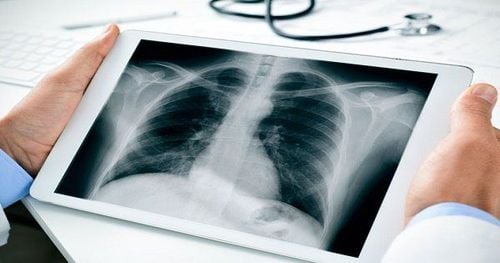
Blood culture, sputum culture and gastric aspiration
Able to help diagnose some complicated cases of acute pericarditis such as tuberculosis (after 1 week), sepsis or infective endocarditis.
Blood tests There is usually leukocytosis, elevated erythrocyte sedimentation rate, and elevated creatine phosphokinase MB.
Echocardiography Echocardiography is often indicated in cases in the later stages of acute pericarditis (several weeks after the first clinical signs appear) or when there are hemodynamic changes, but there are can be performed routinely in all cases to make a diagnosis of exclusion. A possible finding on echocardiography is an echocardiographic void caused by pericardial fluid (8 to 15% of cases of acute pericarditis). More rarely, there may be signs that the pericardium is thicker than normal.
On the other hand, in the cases of patients with acute pericarditis who have recently undergone cardiac surgery or are suspected of having pericardial effusion, at this time echocardiography becomes a rather important test, which needs to be performed many times to evaluate the progress of the heart. development of acute pericarditis.
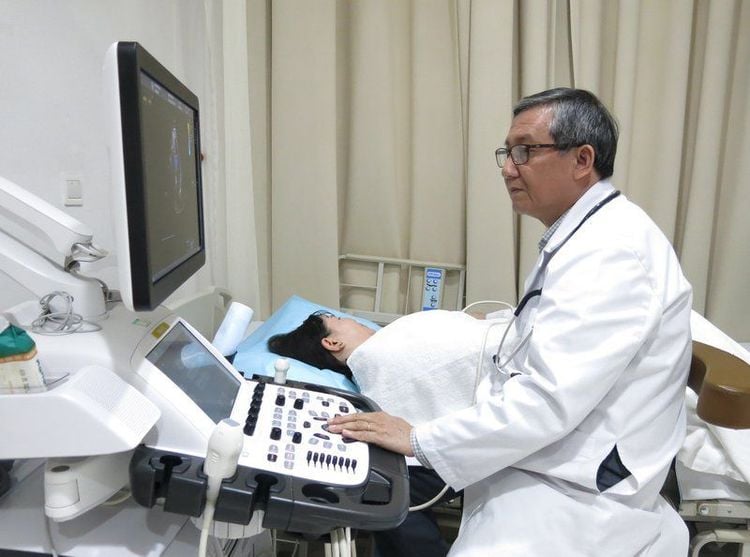
Other tests Transesophageal echocardiography, computed tomography, and nuclear magnetic resonance imaging may be used in some isolated cases to better study the pericardium.
Differential diagnosis Chest pain due to aortic dissection, pulmonary infarction, pneumonia or myocardial infarction.
Electrocardiographic changes should be distinguished from those caused by myocardial ischemia. The evolution of the ST segment and the T wave allows for differentiation in the vast majority of cases. However, in cases of diffuse ST elevation in the leads, ultrasound should be performed to exclude myocardial infarction (finding regional movement disorders on echocardiography).
2. Treatment of acute pericarditis
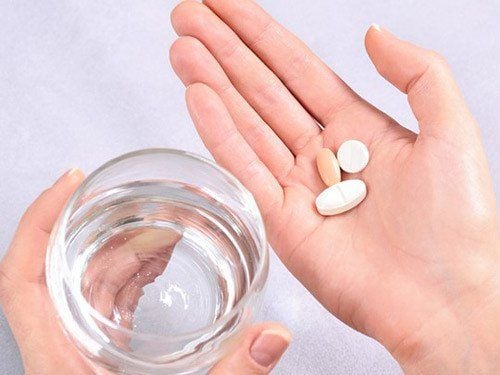
2.1. General principles in the treatment of acute pericarditis The vast majority of cases of acute pericarditis have no complications, the disease will resolve on its own and respond well to medical treatment.
Drug treatment is mainly non-steroidal anti-inflammatory drugs.
Treatment of acute pericarditis with complications of pericardial effusion or constrictive pericarditis will be more difficult.
2.2. Medical treatment: Ibuprofen 600 to 800mg orally 3 times a day for 3 weeks or Indomethacin 25 to 50mg orally 3 times a day for 3 weeks.
In cases of patients treated for acute pericarditis unresponsive to non-steroidal anti-inflammatory drugs or in cases of recurrent pericarditis, oral prednisone for 3 weeks can also be used, intravenously as well. with Methylprednisolone in severe cases. Colchicine 1mg per day has also been shown by some studies to be effective in the treatment of acute pericarditis.
2.3. Treatment of percutaneous pericardial drainage (pericardial effusion with compression) Only applied in cases of acute pericarditis with large effusion, affecting hemodynamics or in case needing puncture to diagnose the underlying disease. Aspiration drainage with local anaesthesia can be used to place drainage in cases of large volume, continuous recurrence.
2.4. Surgical treatment Open pericardial drainage below the sternum is usually only applied in cases of acute pericarditis due to cancer.
Pericardectomy is often used in recurrent effusion or constrictive pericarditis.
2.5. Treatment Notes If there is no response to an NSAID or aspirin within 1 week (fever, chest pain, new pericardial effusion, worsening general condition), a cause other than idiopathic or viral pericarditis should be considered.
Symptomatic pericarditis after acute myocardial infarction, aspirin should be used. NSAIDs should not be used.
Due to non-steroid anti-inflammatory treatment affecting the gastric mucosa: often combined with proton pump inhibitors in the following cases: history of gastric ulcer, age >65 years, history of using aspirin or corticosteroids or anticoagulants.
In patients with acute pericarditis for whom antiplatelet therapy is indicated, a higher dose of aspirin should be used (700-1000 mg/day instead of 100-300 mg/day).
In contrast to antiplatelet therapy, in patients with acute pericarditis, anticoagulation increases the risk of pericardial bleeding and increases the effect of vitamin K antagonists. Therefore, caution and monitoring are required. observed in these patients when used in combination.
In addition, to effectively prevent acute pericarditis, we need to actively build ourselves a healthy lifestyle and a scientific diet. Regular exercise, limiting stimulants, especially periodic health check-ups to promptly detect signs of acute pericarditis early, timely treatment, to avoid unfortunate happenings.
Please dial HOTLINE for more information or register for an appointment HERE. Download MyVinmec app to make appointments faster and to manage your bookings easily.





